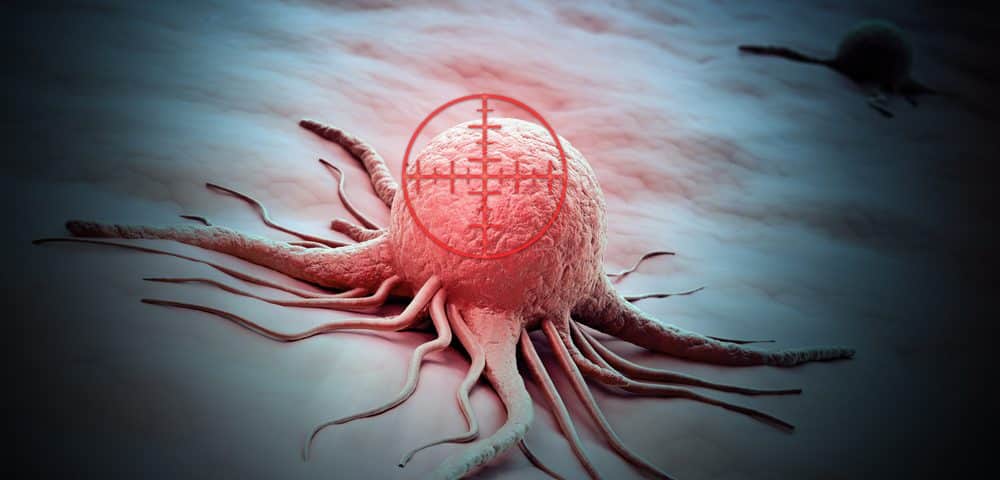New Computational Drug-Repositioning Approach Helps Repurpose Old Drugs
Traditional drug development is expensive and time-consuming, taking an average of 14 years and costing >$2 billion to bring a drug to market. During drug development, ~90% of drugs fail because of safety concerns or lack of efficacy.
Computation-based drug-repositioning approaches that automatically integrate and analyze vast amounts of data for tens of thousands of drugs and diseases can greatly speed up the traditional drug discovery process. The primary advantage of drug repositioning is that it starts from compounds with well-characterized pharmacology and safety profiles that can greatly reduce the risk of attrition in drug development in clinical phases.
Researchers at the Case Comprehensive Cancer Center at Case Western Reserve University School of Medicine have now developed a computer program to find new indications for old drugs.
The computer program, called DrugPredict, matches existing data about FDA-approved drugs to diseases and predicts potential drug efficacy. In a recent study published in Oncogene, the researchers successfully translated DrugPredict results into the laboratory, and showed common pain medications—like aspirin—can kill patient-derived epithelial ovarian cancer cells.
Epithelial ovarian cancer (EOC) is the most lethal gynecologic malignancy and is the fifth leading cause of cancer deaths in women
. Most cases of EOC are high-grade serous cancers HGSOC, which are initially highly sensitive to the standard treatment of cytoreduction surgery and platinum-based chemotherapy with response rate close to 85%.And in spite of such high initial response to platinum, the outcomes are poor with 5-year survival being <30% and the majority of women who initially respond to platinum therapy relapse due to development of chemoresistance.
In the new study, DrugPredict suggested non-steroidal anti-inflammatory drugs, also known as NSAIDs, could have applications for epithelial ovarian cancer.
The computer program—called DrugPredict—matches data about FDA-approved medications to diseases, and then predicts their potential effectiveness. Specifically, the algorithm found that non-steroidal anti-inflammatories (NSAIDs)—a common class of pain relievers—kill epithelial ovarian cancer cells, the most lethal gynecologic malignancy and the fifth leading cause of cancer deaths in women.
The system conducts both genomes- and phenome-wide analysis to match diseases to medication candidates—a much quicker and less costly approach than the traditional drug discovery process.
“For any given disease, DrugPredict simultaneously performs both a target-based and phenotypic screening of over half a million chemicals, all in just a few minutes,” says Rong Xu, associate professor of biomedical informatics in the Department of Population and Quantitative Health Sciences at Case Western Reserve University School of Medicine.
“The primary advantage of drug re-positioning over traditional drug development is that it starts from compounds with well-characterized pharmacology and safety profiles. This significantly reduces the risk of adverse effects and attrition in clinical trials,” Xu adds.
The researchers exposed patient-derived epithelial ovarian cancer cells growing in their laboratory to a specific NSAID, indomethacin, and confirmed the DrugPredict finding.
In the Oncogene study, DrugPredict generated a list of 6,996 chemicals that could potentially target ovarian cancer, at the top of which were 15 FDA-approved therapies. Non-steroidal anti-inflammatory drugs (NSAIDs) were very high on the list, so researchers used laboratory experiments to confirm the computer program’s findings.
Indocin, an NSAID, killed patient-derived drug-resistant and drug-sensitive epithelial ovarian cancer cells in vitro. Most importantly, cancer cells resistant to the common chemotherapy drug Platinol (cisplatin) were particularly sensitive to indocin. In fact, combining chemo drugs with Indocin increased the death rate of cancer cells.
“For many years, NSAIDs have been shown in large epidemiological studies to prevent or decrease the incidence of ovarian cancer,” says Analisa DiFeo, co-senior author of the study and professor of ovarian cancer research in the Case Comprehensive Cancer Center at Case Western Reserve University School of Medicine. “It was never thought that these (NSAIDs) could be used as an actual adjuvant chemotherapy to kill ovarian cancer cells.”
“We already know the safety profiles for a lot of these drugs, and if we now see that they are effective in treating cancer, it’s a faster route to translation and to clinical trials,” she concludes. “The unique thing that came out of this was we potentially found a cancer stem cell-specific drug, which not only could help treat the tumor but also prevent it from coming back.”
































